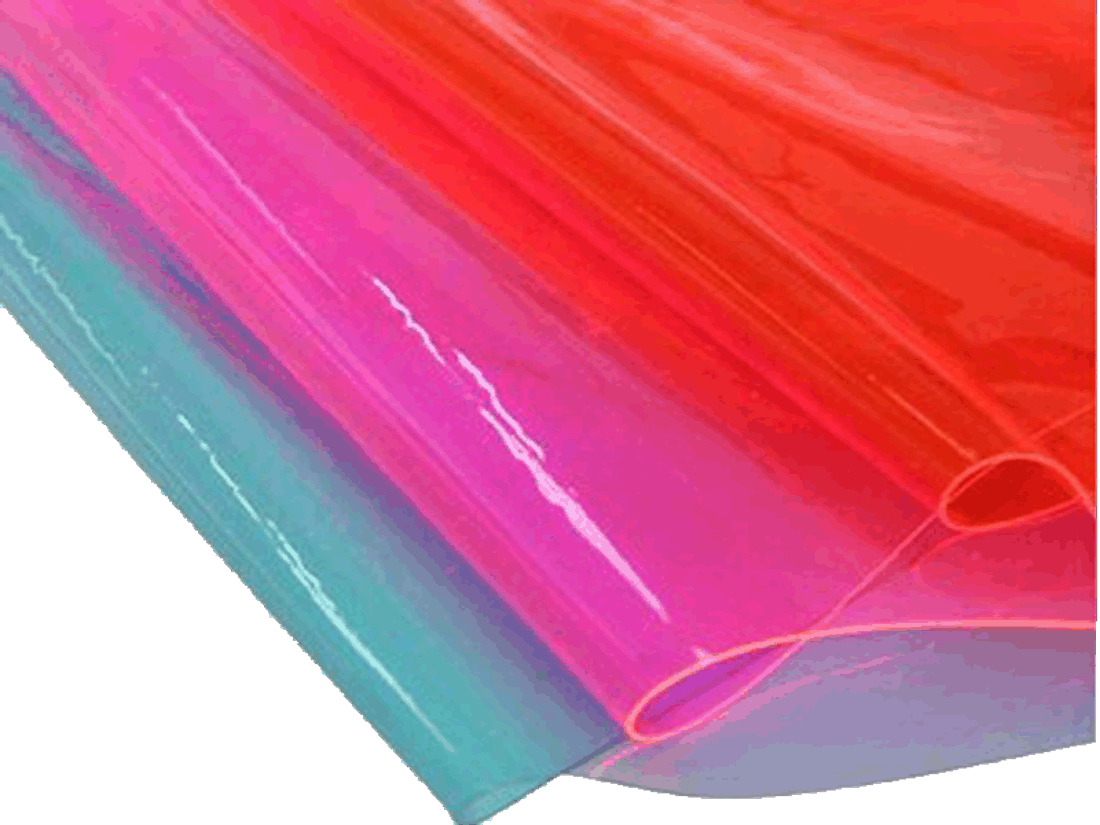What are Transmission Measurements?
Whenever incident light hits a surface it is either reflected, absorbed, or transmitted. Reflection refers to light which is rejected at the interface and redirected back into the media through which it was already propagating. Absorption refers to the amount of energy lost to the electrons in sample matter as a light wave propagates through a medium. This can cause atomic excitation and subsequent fluorescence. Transmission, meanwhile, is a measure of the light that has traveled through a transparent or translucent material.

Transmission Measurements of Translucent and Transparent Media
Measuring the transmission properties of transparent media is relatively simple. The spectral and luminous output of a light source is measured as a reference standard or baseline without the interference of the sample. The angle of the incident beam is then used in conjunction with Snell’s law to determine the angle of the beam following transmission. A sensitive photodetector is placed along the path of transmission and both measurements are compared. The difference between the two is used to determine the transmission characteristics of the sample.
Transmission measurements for transparent media are simple because the angle of transmission is easily calculable, and the diameter of the incident beam does not change after diffraction. This allows transmitted light to enter the lens of the detector in its entirety. Translucent materials represent a unique challenge for transmission measurements as the optical properties of the material may cause the incident beam to diffuse and scatter in a multiplicity of directions.
The transmission properties of diffuse and non-diffuse materials vary enormously. They require different sampling technologies to acquire the total transmittance of a sample for spectrophotometric characterization.
Instruments for Transmission Measurements
Transmission measurements are broken into three distinct categories: spectral transmission properties; color measurement; and optical density. Very few spectrometry arrays can perform all three forms of measurement to the standard of the Neo spectrometer series from Admesy. It covers a dynamic wavelength range of 250 – 1100nm with a fully-customizable slit size for highly specialized data acquisition.
It can also be equipped with a filter wheel capable of measuring optical densities (OD). OD is calculated as the logarithmic ratio of the radiation intensities incident upon and transmitted by a sample. High OD measurements are challenging for conventional equipment but have found increasing application in various life sciences applications for the quantitation of suspended particles in solution.
The Neo Series is fully configurable and suitable for transmission measurements of varying geometries, including cosine correctors and integrating spheres.
Transmission Measurements from Admesy
Admesy develops optical measurement equipment for OEM integration, display, lighting and appearance measurements in commercial and academic settings. We have supported innovative R&D in technology and life science spaces with an extensive range of spectrometers and light measurement devices.
If you would like any more information about the Neo series or performing transmission measurements with our measuring accessories, please do not hesitate to contact us.

